What’s the point of a cover if not to judge a book by? One look at the image on the dustjacket of From Byron to Bin Laden, one of my favourite statues in Rome — Anita Garibaldi, pistol in one hand, babe in the other, galloping side-saddle to escape an ambush — and I said ‘yes please’. This was clearly going to be an invigorating read.
But the index proved to have just a single reference to Anita. And the text is not light on PhD-speak: ‘The shared characteristics and commonalities across the generations discussed here clearly illustrate that foreign war volunteering constitutes a distinct diachronic phenomenon.’ I sighed, and thought again of my favourite equestrienne statue (which, incidentally, I could find no reference to, though it might appear in the many pages of notes). What on earth was I in for? So much for judging a book by its cover.
When a few pages in I saw that ‘Readers who are contemplating voluntary, “non-state” military service abroad should either stop reading now or skip forward to [the final] Chapter 8’, I was sorely tempted to close the book and drop a postcard to ‘Colonel’ Mad Mike Hoare of Congo fame (or infamy), who is still alive and well, aged 98, though Nir Arielli excludes him from his study as ‘a blatant example of mercenarism’.
But that would have been a mistake, and not just the postcard. For all its vexations, this is a fascinating book, at times a very literary survey of the history of foreigners in military service, and their motivation. And if Anita Garibaldi is simply cover bait, her husband — Eroe dei due mondi — and their sons and grandsons certainly get full measure, Arielli deftly unpicking fact and legend in their operatic story. Indeed, he ranges widely in his historical examples and, in fairness, he does do justice to women volunteers elsewhere, although you wouldn’t know that by consulting the thin index.
When it comes to motivation, Arielli is circumspect, dismissing a number of ‘experts’ (largely Scandinavian, for some reason). He concludes (I paraphrase) that ‘it’s complicated’, though most foreign volunteers, in looking back at their historical predecessors, ‘like to see themselves as part of a chain of committed, brave and selfless individuals’. But he doesn’t say why they can be so cruel.
He questions assumptions about when and where a volunteer becomes radicalised, a warning to national security services trying to come up with a response to the threat posed both in war zones and on their return home. ‘I always wanted to kill legally,’ one of them says. That takes some unpacking.
The big question, though, which Arielli handles particularly well, is just how effective foreign fighters are in actually winning wars. He challenges UN Security Council Resolution 2178 (September 2014), which concludes that foreign fighters ‘increase the intensity, duration and intractability of conflicts’. In looking at a wide range of conflicts over the past century or so, he concludes that foreign fighters constituted less than 10 per cent of combatants, and that their military significance ‘must be sought not in numbers but in other spheres’.
Most obvious is in training, advice, logistics and medical aid, though I am not convinced by the testimony of some of Arielli’s sources from the most recent Balkan wars. Men who leave the British Army aged 20, having spent their brief service in an anti-aircraft regiment in Germany in the 1980s, are unlikely to bring much expertise to the fight.
What is interesting is Arielli’s suggestion that foreign fighters can occasionally raise the tone of the conflict, inspire later generations, and even help bring in allies. He cites Lafayette and the American Revolution, and the payback with the Lafayette Escadrille, the American pilots who flew in the French air service in the first world war, and the (American) Eagle Squadrons of the RAF in the second world war.
These, of course, were the good guys, but, says Arielli, foreign volunteers ‘violate what has become an international norm: the expectation that if a person enlists for military service, he or she should do so within the armed forces of their own state’. By travelling to take part in a conflict abroad, they ‘create links… between 21st-century west London and al-Raqqah in Syria. They internationalise conflicts that occur in one region of the world and at the same time make these foreign conflicts matter at home.’ They certainly pose problems for the security services, not least in trying to assess just how great a risk returning foreign volunteers are.
Perhaps the greater problem, though, lies in first imagining that 21st-century conflict can ever be simply regional.
Got something to add? Join the discussion and comment below.
Get 10 issues for just $10
Subscribe to The Spectator Australia today for the next 10 magazine issues, plus full online access, for just $10.
You might disagree with half of it, but you’ll enjoy reading all of it. Try your first month for free, then just $2 a week for the remainder of your first year.

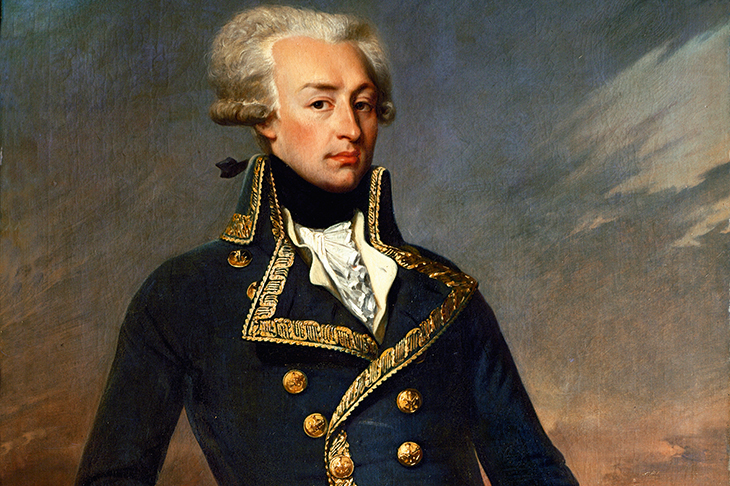
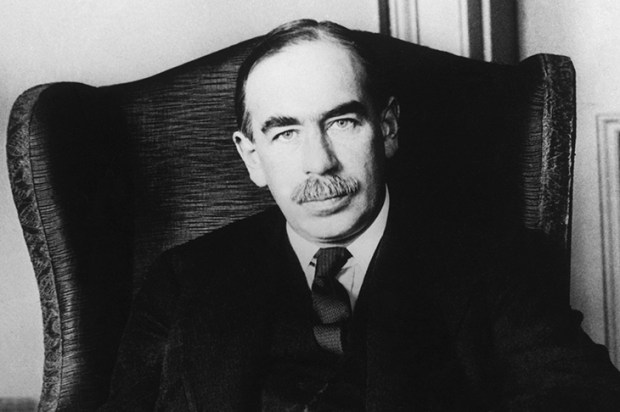
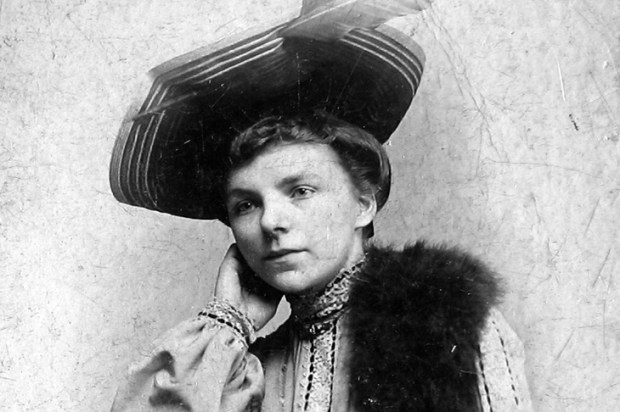

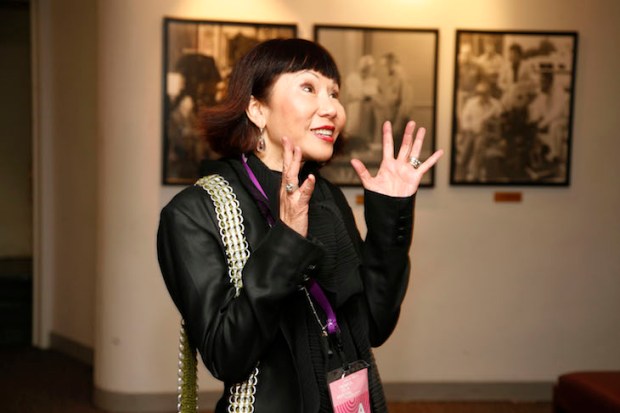

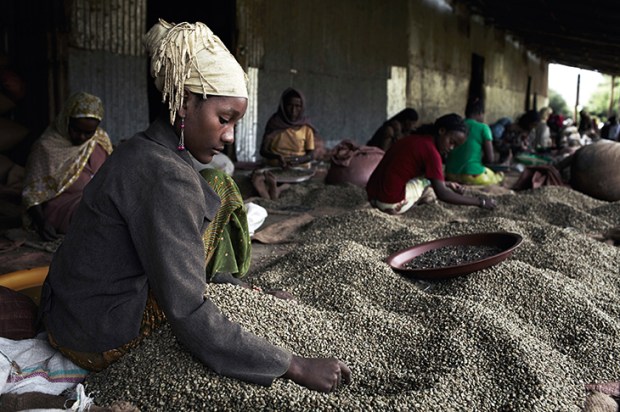






Comments
Don't miss out
Join the conversation with other Spectator Australia readers. Subscribe to leave a comment.
SUBSCRIBEAlready a subscriber? Log in